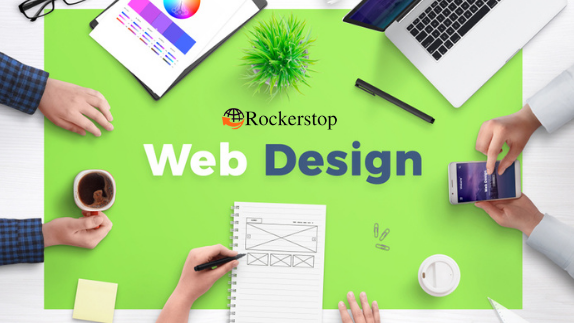Test Website Usability
Take a look at your website’s homepage. How many elements are there? Twenty? Thirty? Does your site have multiple uncertain links to different parts? Do you have a pop-up that conceals the page? If the solution to any of those questions is yes, your website is perhaps way too complicated and you would possibly be missing out on the advantages of excellent website usability.
But don’t just take our word for it: check out the websites that are winning awards and you’ll spot a uniform theme: many of them are incredibly simple and straightforward to use. This is for a number of reasons. The first is that simpler websites look better. The second is that simplicity and clarity are key elements in making websites usable, and website usability is one among the foremost important factors in effective web design.
What is Website Usability?
Website usability may be a feature of internet sites and how of designing them that focuses on the user’s needs. It utilizes user-centric design processes to make sure that websites are efficient and straightforward to use for the people that actually use them, instead of the people that designed them.
Beyond this basic definition you’ll quickly realize that creating your website usable (by making it simple!) is one among the foremost complex tasks in web design.
Clarity and utility are the 2 goals of website usability, and designers got to prioritize both. In other words, web designers are tasked with making websites that don’t just look appealing, but work exactly how users expect them to work, which isn’t any small task for even the most experienced designer.
When you’re designing for website usability, confine mind there’s no got to reinvent the wheel. While innovation and artistic approaches to style can look great, sometimes it’s best to stay with designs that use the user’s skills to use.
Principles of Web Usability –
Web usability is often classified into five key principles: availability, clarity, recognition, credibility and relevance. Here is a quick definition of each:
1. Availability:
Availability is just how easy it’s to access your website. Your website’s availability is often suffering from the online hosting platform you employ and by how compatible it’s with the devices users are accessing it with.
2. Clarity:
Clarity is the core of website usability. Visitors come to your website with certain goals in mind, and we promise those goals don’t include checking out your web design skills! If your website’s design distracts or confuses visitors, they’ll either need longer to seek out what they came for, or they could forget their initial goal altogether and leave. In either case, they’re leaving dissatisfied and unlikely to return back.
3. Recognition:
Recognition may be a way of describing the training process users undertake once they visit a replacement site. You might not feel that your website must be studied to be used, but actually, all sites require a minimum of a couple of seconds of assessment before a user can interact with them. The overwhelming majority of users will, as an example, have to navigate back to your homepage at some point, and most will search for a logo within the top left corner of their screen to try too so. If your website works differently, they’ll need to spend a couple of seconds learning the way to revisit the homepage. When you design for usability, strive to stay this learning curve as short as possible.
4. Credibility:
Even if customers can easily find the content or functionality they’re trying to find, if they don’t trust it, the web site is worse than useless for them. There are tons of ways to demonstrate your credibility through your website design, like being transparent about your business and goals.
5. Relevancy:
Relevance is probably the foremost complex issue in usability because it describes whether the content that your customers see on your site is engaging. Creating engaging content requires carefully defining your target audience, determining what they want and meeting their needs as clearly as possible.
How to Test Website Usability
Here’s the key point to recollect when it involves usability testing: good design may be a process, not an occasion. Organizations got to continually test their sites’ usability and use their findings to form their websites even better. You can’t make assumptions about the alternatives your designers and developers made during the building process; you’ve need to test them. Just because the structure they used looked good on paper doesn’t mean the top user will have a seamless experience.
Usability testing usually involves recruiting volunteers and asking them to use your website. By monitoring their clicks, mouse movements and behaviour, you’ll identify potential pain points or flaws within the design. The participant can vocalize any problems that they had and voice their feedback also.
Website usability is not optional. It’s a measure which will be applied to any website and describes how effective your website is and whether your website is an efficient investment.
This simple point can be easily forgotten. Your website design might work well for managers once they test it, but they know what your business does and the way it works. It might be a completely different story for your users. Re-focusing your design on your users, and on what they need to realize, can make your website more usable. In other words, making your website easier to use means more people will use it. And making it easier to use is best done by working together with an internet designer.
